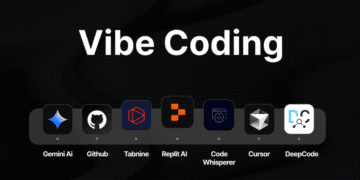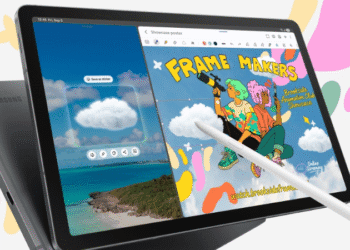Athira Sethu
Kochi, 30 August 2025
Vibe coding is a new method of programming applications without having to learn programming languages. Rather than manually typing complex code, individuals can explain what they wish in everyday language, and artificial intelligence solutions translate the commands into functional applications. This allows for much faster software development. What used to take weeks now takes only hours.
The concept of vibe coding is to bring software development out of the hands of trained programmers. A business owner, a teacher, or even a taxi driver with an app idea can now attempt to build it himself. Telling the AI what the app does, he can have a prototype to test. If he wants changes, he provides additional instructions, and the AI refines the app.
This method has already assisted several startups. Several founders with no technical expertise have brought products and even companies to life using vibe coding. A recent case is Maor Shlomo, who built a no-code platform for development using this technique. In six months, it gained a massive user base and was eventually sold for millions of dollars.
The largest benefit of vibe coding is speed and expense. Small and medium-sized enterprises don’t require large IT staffs or substantial budgets. They are able to try things out rapidly, test new applications, and implement innovative solutions without having to wait on professional developers. This provides them with an opportunity to compete with larger firms that tend to be bogged down by procedures and costs.
But vibe coding isn’t infallible. The code that comes out of AI doesn’t always work, at times even containing bugs, security risks, or.-factor issues difficult to spot. For applications that involve sensitive data, such as healthcare or finance, this is risky. Which is why experts advise vetting any AI-coded output before using it for serious or high-stakes projects.
In practice, vibe coding changes the role of humans in development. Instead of writing every line, people act more like guides. They explain their goals, test the output, and decide when the app is good enough to use. The AI does the heavy lifting, but humans still make the important decisions.
Vibe coding is one aspect of a larger movement in which technology lowers barriers to enable greater numbers of people to create. Similar to other cultural shifts of earlier decades, it even has its own new name. The challenge is to use it wisely, fully embracing the velocity and innovation it brings, with cautious attention to risks when dependability and safety truly count.



















